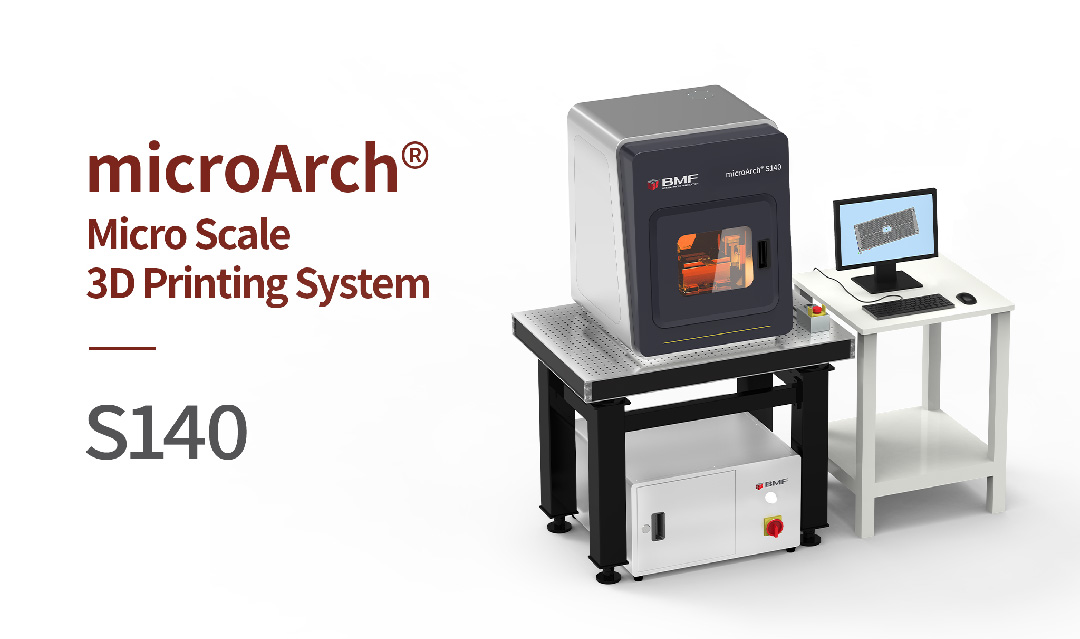Insects move freely on various surfaces with different levels of roughness, such as leaves, rock surfaces, and tree bark. So how do they do it? The answer lies in their euplantulae, with smooth surfaces and an internal branched structure. These adaptations allow insects to quickly adjust to different surfaces, providing significant traction for their movements. This remarkable locomotive ability has made insects a popular subject of research in the field of biorobotics.
Inspired by the structure of insect euplantulae, a research team from Nanjing University of Aeronautics and Astronautics has developed a flexible attachment structure with strong frictional force and weak adhesion. The related research results were published in Tribology International under the title “Insect-inspired design strategy for flexible attachments with strong frictional force and weak pull-off force”. In this study, they designed a biomimetic pad that imitated the euplantulae feature, by utilizing BMF microArch® S140 (10μm) based on PμSL technology, achieved precise control over surface roughness, contact angle, and Young’s modulus.


This study is of great significance to the field of robotics, particularly in the design and manufacturing of robotic grippers and attachment units. Moreover, the results also show great potential in practical applications. For instance, in areas such as aircraft inspection and semiconductor device fabrication, this kind of biomimetic flexible pads with strong friction and weak adhesion plays a crucial role.
You can further explore the detailed content of this study through the provided original article link.
https://doi.org/10.1016/j.triboint.2023.108973
BMF is committed to advancing scientific research and industrial upgrading. We look forward to discussing and exploring the future of precision manufacturing with more scholars and professionals.

